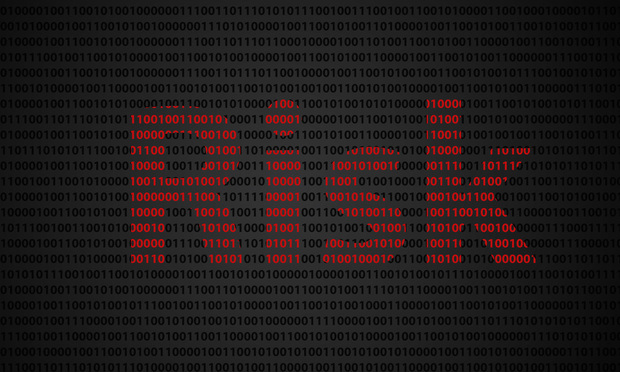
D&O policy elements and exclusions risk managers need to know
Decentralized, fragmented policy responsibilities and exposures can complicate a company’s D&O risk management efforts.
Risk management is one of the most daunting tasks any business takes on. (Photo: Shutterstock)
To manage risk successfully, the responsibility must reside with a company’s board of directors and officers.
But it’s often difficult for the board of directors, one department or one person to know about all the exposures that directors and officers (D&O) face because the risks are so varied.
For example, although a corporation’s directors and officers are primarily responsible for the organization, others within the company manage the day-to-day operations, policies and procedures. This requires the various functional departments of the organization, individual managers and supervisors as well as legal counsel to be aware of a complex variety and frequently changing body of laws.
Most organizations are aware of the potential benefits of risk management, which include substantially reducing the company’s liability as well as the personal liability of its officers, directors and others. Attempts to formally manage the D&O exposure often suffer from a lack of understanding of the basic concepts of risk management or from improper implementation.
The fragmentation of responsibilities as well as decentralized management of the D&O exposure also can complicate the coordinated management of risk.
Claims-made coverage
D&O policies cover the personal liability of company directors and officers. Because of the often complex decisions managers must make, sometimes with limited information, managers can make mistakes and often are held personally liable for them.
Increased regulatory scrutiny and aggressive litigation strategies weigh heavily on the actions of company managers and no matter how prudently they conduct their operations, or their degree of business acumen, any manager’s decision can result in losses for the company or a third party.
Directors and officers who make wrongful decisions can be held personally liable for those losses and the litigation can be costly. D&O insurance provides coverage for all current, future and past directors and officers of a company and its subsidiaries. In some policies, this can also extend to non-executive directors.
When a claim is made, D&O insurance provides the defendant with a certain degree of financial security. Generally, the D&O policy provides for reimbursement of costs the insured company has paid to a third party on behalf of its managers to protect them.
The D&O policy pays for defense costs and financial losses, and some policies also may include coverage for costs for managers generated by administrative or criminal proceedings, or in the course of regulatory or criminal investigations.
Indeed, when a company goes bankrupt, D&O insurance is often one of its few assets, providing the company, its shareholders or its creditors a way to recapture some part of that loss.
Exclusions
A D&O policy won’t provide coverage for fraudulent, criminal or intentional noncompliant acts. Nevertheless, innocent directors remain fully covered if they are co-defendants, even when the acts of their colleagues were intentional or fraudulent.
The policy also will not provide coverage for claims when the officer or director obtained illegal remuneration, or acted for personal profit.
Other common exclusions are for property damage or bodily injury (except corporate manslaughter), legal action already taken at the policy inception, claims made under a previous policy, and actions or claims that would be covered by other insurance.
In the U.S., the most frequent source of claims are related to employment or human resource issues such as discrimination, sexual harassment or wrongful termination. In most cases, the managers did not act themselves, but they did not enforce employee conduct rules against discrimination and harassment.
Although major publicly listed companies have the highest risk of attracting D&O claims, any entity, whether it’s publicly traded or not, as well as any non-profit organization, has potential D&O exposure.
By Karen Sorrell via PropertyCasualty360.com
Karen L. Sorrell, CPCU, is an editor with FC&S, the recognized resource for insurance coverage analysis.
Contact G & H Insurance for assistance with your D&O Insurance at 281-395-5497.

